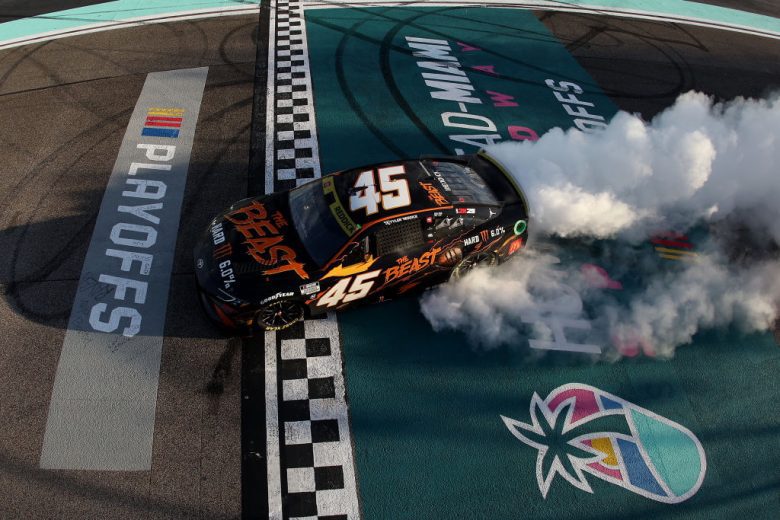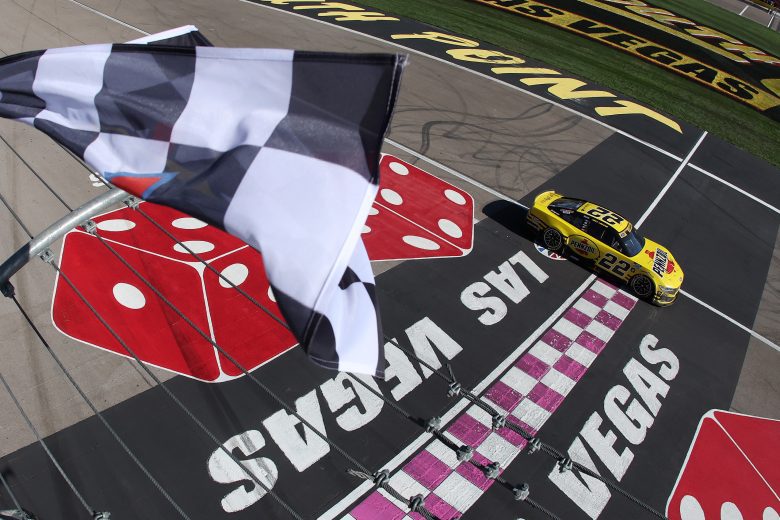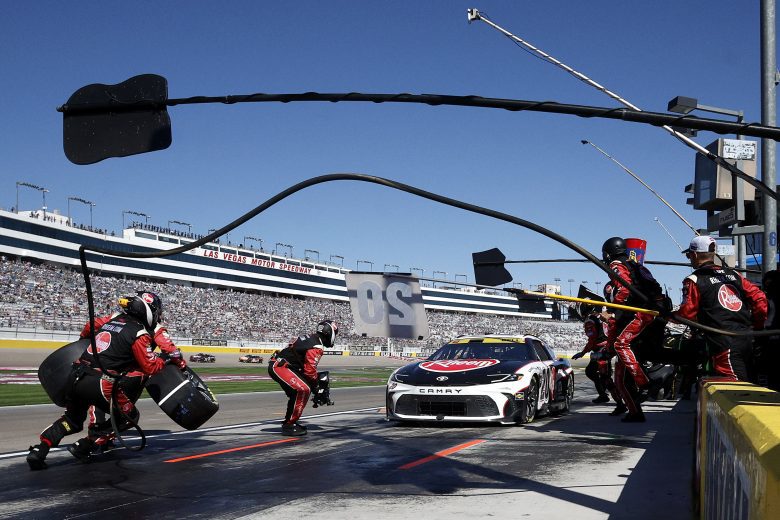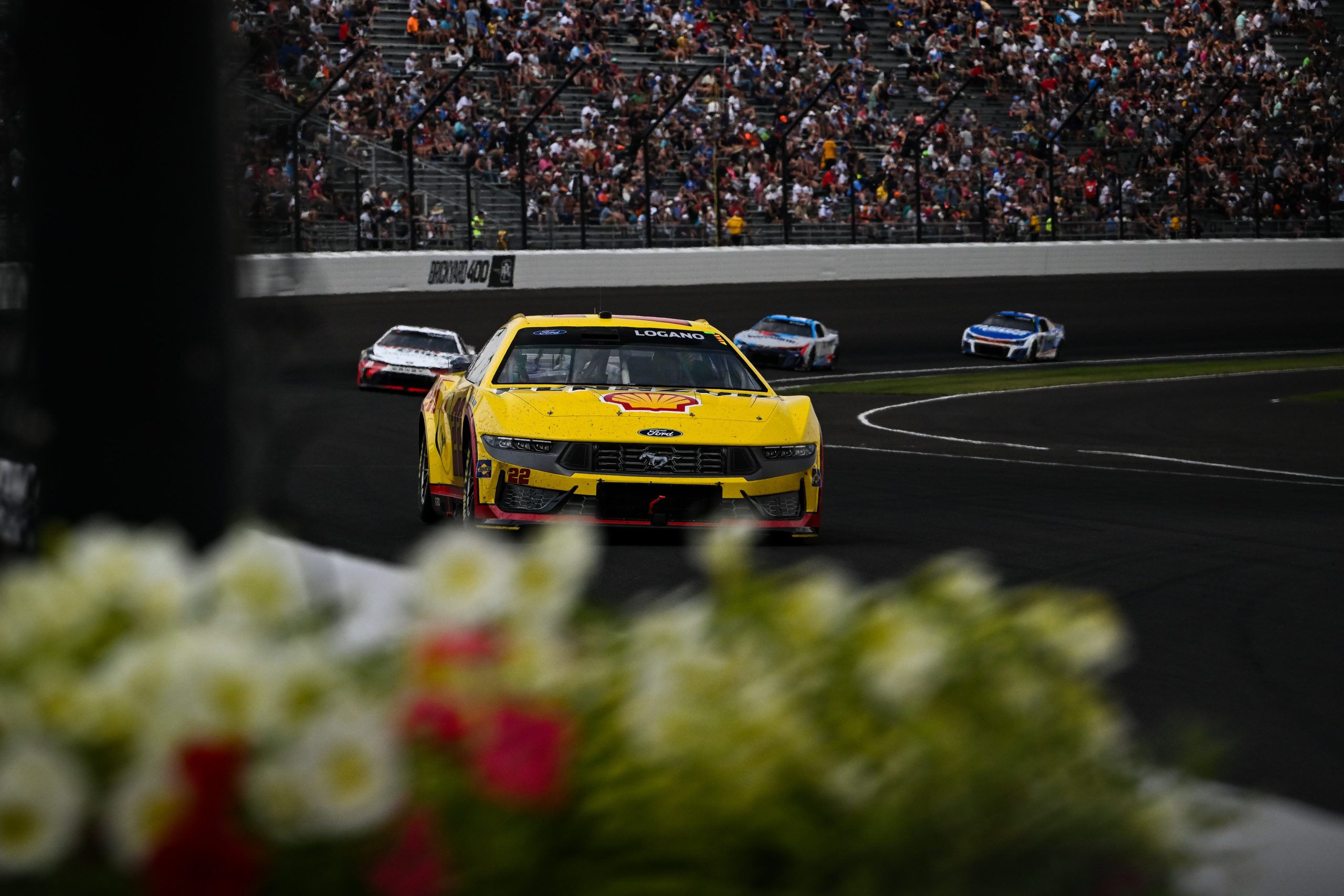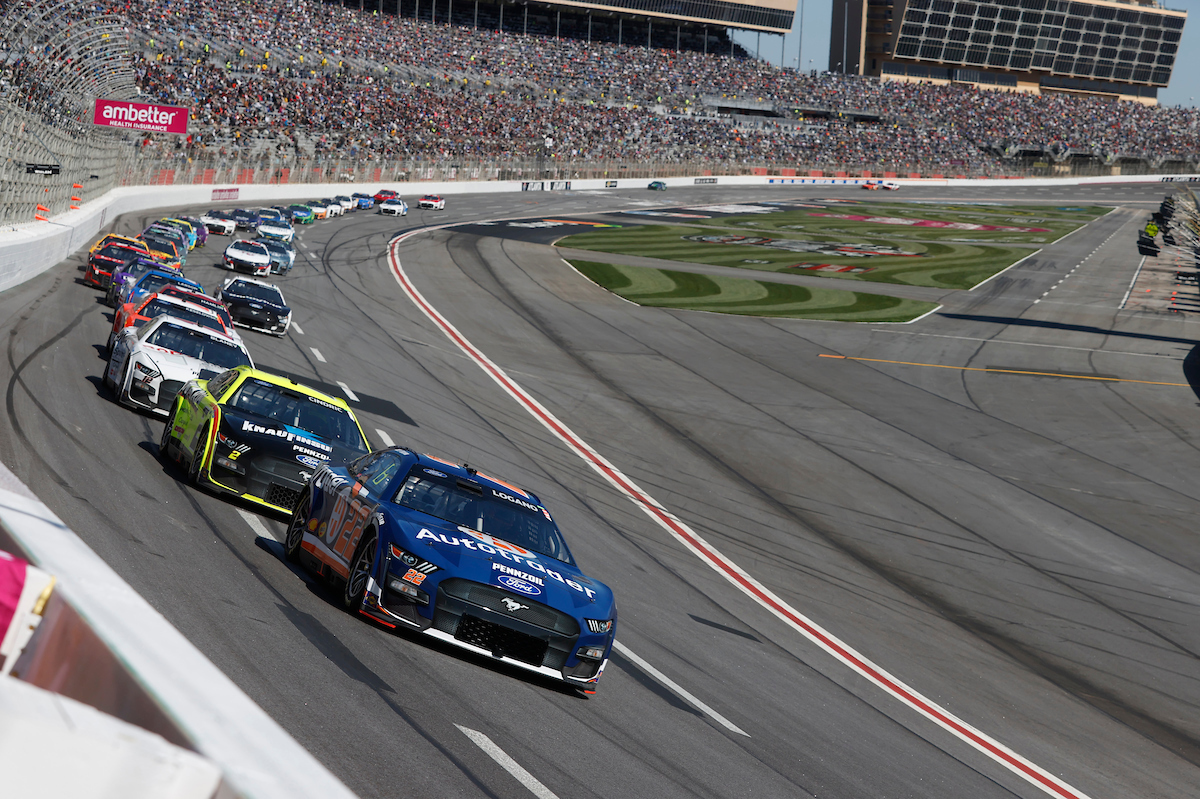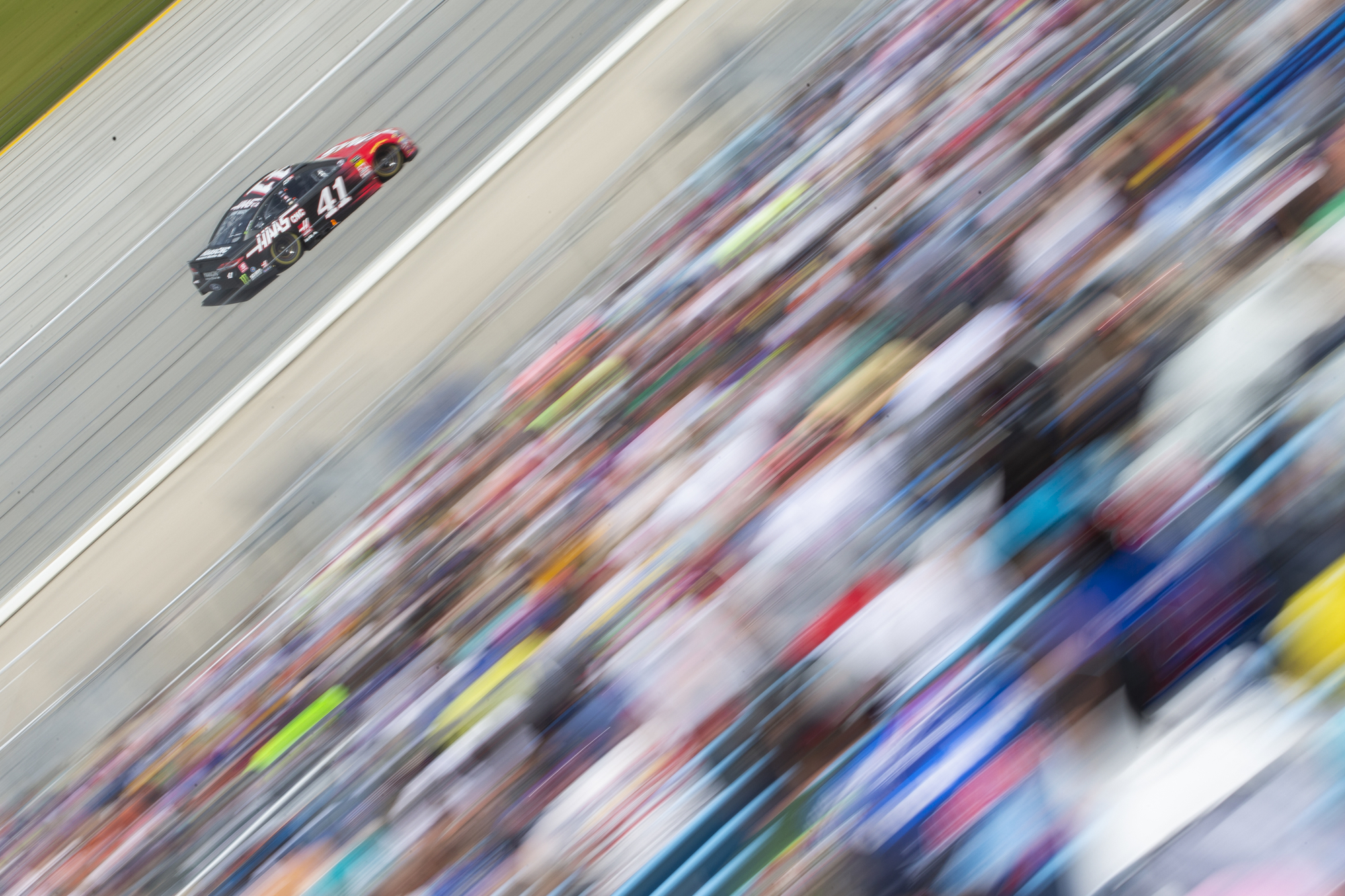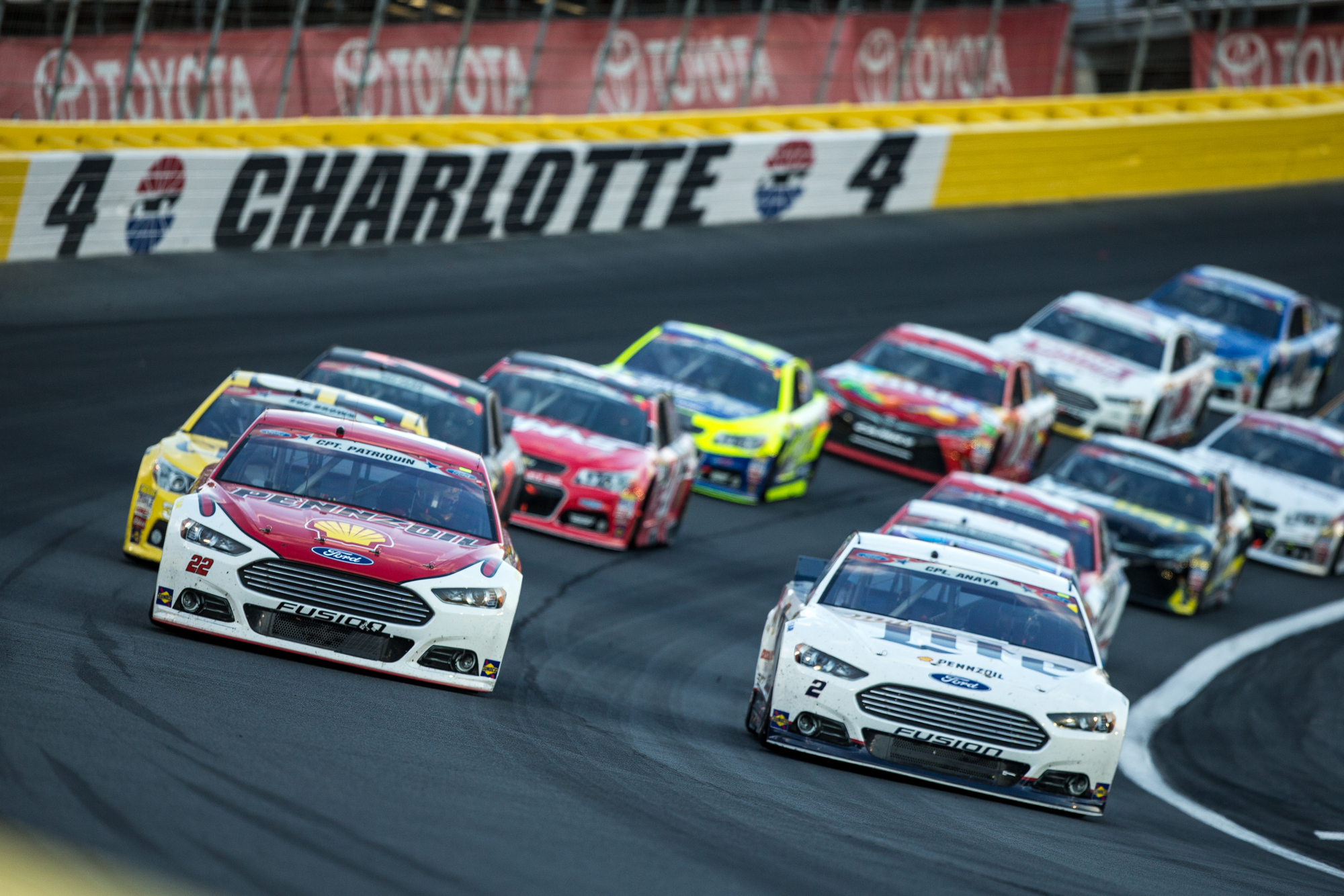When Did NASCAR Stop Using Real Cars? Understanding the Switch to Stock Car Models
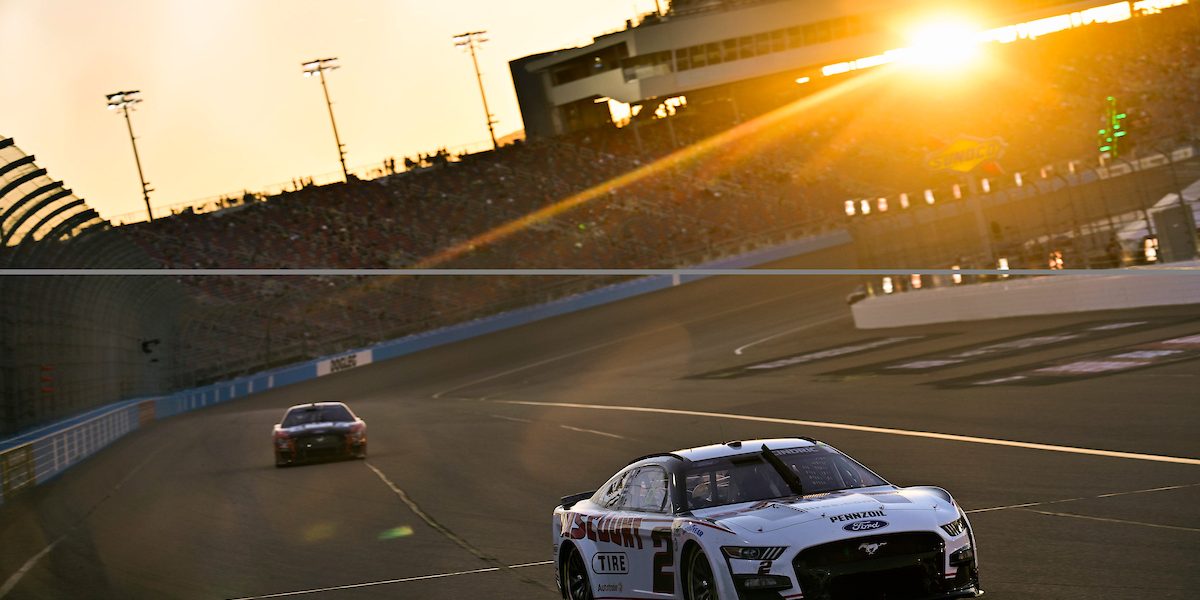
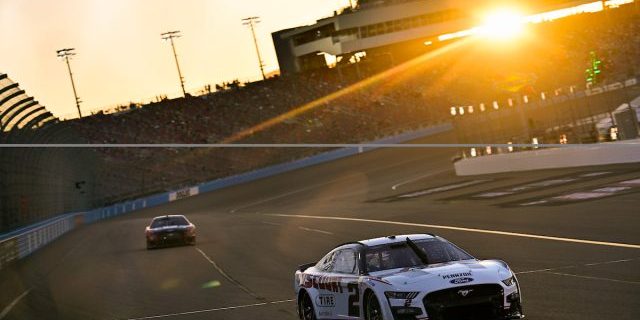
The history of NASCAR is intrinsically linked to the evolution of its race cars, which began as strictly stock vehicles that could be bought from a local dealership. These automobiles were the heart of NASCAR when it first launched in 1948, underlining a racing culture that valued the connection between production cars and their racing counterparts. This relationship began to transform as safety concerns and performance demands increased. Over the years, NASCAR vehicles shifted from showroom models to highly modified and purpose-built machines that retained only a superficial resemblance to their original form.
The pivotal point in this transformation occurred progressively rather than as an immediate overhaul. Initially, cars were nearly identical to the ones on the street, with no alterations permitted to body or frame. This strict stock period, however, was short-lived. By the 1960s, modifications started to be introduced, leading to the first half tube frames in 1966, and eventually to the first full tube chassis in 1971. By this time, the concept of stock car as a consumer car unaltered for racing purposes had been fundamentally changed.
Key Takeaways
- Stock cars in NASCAR shifted from consumer vehicles to highly specialized race cars over several decades.
- Technological and safety advancements have substantially influenced the design and regulations of NASCAR vehicles.
- Despite significant modifications, NASCAR continues to evoke the spirit of production cars through regulated homologation rules.
Table of Contents
History of NASCAR’s Shift From Production Cars
NASCAR’s storied transformation from utilizing production-based stock cars to purpose-built racing machines reflects its evolving safety standards and competitive nature. This section retraces the pivotal changes from the early stock cars to the advanced generations that dominate the track today.
Early Beginnings and Strictly Stock Division
In 1948, NASCAR was established by Bill France Sr., signaling the start of the Strictly Stock Division. This era represented true stock car racing, as the cars were unmodified, production vehicles directly off the showroom floor. Model availability was dominantly Ford, Plymouth, and GM, leading to a close affinity with World War II-era technology and aesthetics in the vehicles raced. Daytona became one of the iconic tracks of this division, witnessing Richard Petty, a name synonymous with NASCAR, beginning his career.
Notable milestones in this period include:
- 1949: The first race on a beach-road course in Daytona, featuring sedans from 1946 to 1949.
- 1950s: Dominance of Chrysler products with the Hemi engine.
- 1960s: Introduction of Plymouth Superbird and other “aero cars”.
The Evolution Through Generations
NASCAR’s regulations evolved, steering away from strictly stock cars and leading to distinct vehicle generations. Generation 1 (1948-1966) kept the mantra ‘win on Sunday, sell on Monday,’ but as time went on, modifications for safety and performance were incorporated, setting the ground for future changes.
With Generation 2 (1967-1980), the introduction of purpose-built chassis designed for high-speed superspeedways began to transform the landscape. During this time, NASCAR historian accounts highlight that cars began to deviate from factory models, with companies like Ford and Chrysler creating specialized versions of their production cars, emphasizing performance.
From Generation 3 and onwards, the shift towards bespoke racing machines was clear. Innovations for improved aerodynamics, safety, and overall performance took priority. By the time Bill France Jr. inherited the helm of NASCAR in the 70s, the shift away from production cars was solidifying. The introduction of the Generation 4 cars in the 1990s, which were utilized until 2007, was a clear indication of NASCAR’s complete transition to purpose-built race cars, and Generations 5 and up have further entrenched NASCAR’s departure from their production car origins.
Technological Advancements and Car Design
NASCAR’s evolution in car design emphasizes aerodynamics, safety, and enhanced performance. The transformation involved not just simple modifications, but a series of innovative changes to the very fabric of stock car racing.
Aerodynamic Enhancements
In the quest for speed and efficiency, NASCAR race cars have undergone significant aerodynamic improvements. Dodge’s 1969 Daytona was a game changer with its pointed nose and large rear wing, an embodiment of aerodynamic progress. Later, NASCAR’s Generation 4 cars tapped advanced wind tunnel testing to optimize shapes and minimize drag, heavily modifying body panels previously supplied by manufacturers such as Chevrolet and Toyota to suit the demands of competitive racing. This shift resulted in vehicles tailored to maintain stability even at high speeds.
Safety Improvements
The safety of drivers received a renewed focus with each NASCAR generation. With the introduction of the Car of Tomorrow in 2007, safety took a quantum leap forward. Reinforced roll cages, energy-absorbing walls, and head-and-neck restraints are among the crucial components introduced to protect drivers. The collaborative efforts of manufacturers like Chevrolet have bolstered these cars to withstand high-impact collisions, ensuring safety remains a cornerstone of NASCAR design.
Engine and Performance Modifications
NASCAR’s engines have been a focal point of performance advancement. The 426 Hemi engine, developed by Chrysler, stands as a testament to this aggressive pursuit of horsepower. Although carbureted engines have been phased out in favor of more precise fuel injection systems, the drive for innovation persists. Performance modifications continuously push NASCAR’s machines to achieve greater speeds, maintain reliability across long races, and deliver on the excitement promised by motorsports. Components such as over-head-camshafts have been explored to maintain a competitive edge in the racing scene.
Regulations and Homologation Rules
The shift in NASCAR from production-based vehicles to bespoke racing models was driven by evolving regulations and homologation rules to enhance competition, safety, and performance.
Introduction of Car of Tomorrow
In 2007, the NASCAR Cup Series introduced the Car of Tomorrow (CoT), significantly changing the homologation rules that had previously allowed more production-based car parts. The CoT featured a common chassis and body, regardless of the manufacturer, improving safety with features like a reinforced roll cage. Notably:
- Chassis: Common design promoting equality.
- Body Panels: Specified and uniform for all teams, enhancing aerodynamic parity.
- Regulations: Dictated exact positioning and construction for fairness and safety.
Transition to Next Gen Cars
By 2022, the NASCAR Cup Series witnessed the advent of the Next Gen car, which represented the latest evolution in NASCAR’s homologation approach:
- Chassis: A modular, symmetrical chassis replaces the traditional stock car frame, aiming to reduce costs and improve competition.
- Body: Featuring composite body panels that are more resilient to damage during races.
- Safety: Advanced roll cage designs and other safety features are integrated following stringent NASCAR and FIA standards.
Both the Xfinity Series and Monster Energy NASCAR Cup Series adhere to these standards to maintain the integrity of competition and vehicle performance. The Next Gen regulations represent NASCAR’s ongoing commitment to racing excellence, balancing the field while pushing the boundaries of automotive technology.
Key Models and Manufacturers in NASCAR
NASCAR has seen a variety of manufacturers and models throughout its history, with certain brands achieving dominant status and the array of participating manufacturers changing over time.
Dominance of Specific Brands
In the inception years, manufacturers such as Ford and Chevrolet enjoyed a considerable presence in NASCAR. The Ford Fairlane was notably influential, and by 1967, although presenting a unibody rather than a body-on-frame design, it signified the advanced engineering adopted by Ford. Chevrolet found success with models like the Chevrolet Monte Carlo, which became synonymous with NASCAR during various periods, signifying GM’s strong representation in the sport.
Holman-Moody and Banjo Matthews played crucial roles as car builders, supplying teams with competitive race cars that often pushed the envelope in NASCAR’s evolving landscape. These entities contributed not mere machines, but advances that defined entire eras in racing history. Teams associated with makes like Plymouth and Dodge Charger also had their moments of glory, with the latter conspicuously returning to NASCAR in the early 2000s, showcasing its lasting significance.
Diversification of Manufacturers
The diversification in manufacturers became apparent with the entry of non-American brands into the fray, with Toyota‘s introduction of the Toyota Camry to the NASCAR Cup Series. The composition of manufacturers in NASCAR has shifted drastically from its roots, when predominantly American companies like Oldsmobile, Pontiac, Buick, and Lincoln were more prevalent. Now, the playing field includes international players, contributing to a broader appeal and a fresh dynamic in the competitive landscape.
This evolution underscores the strategic moves and market adaptations by entities like GM and Ford alongside the newcomers, reflecting an industry that champions heritage but readily embraces change for the sake of competition and relevance in the face of a global audience.
The Impact on NASCAR’s Popularity and Brand
Changes in NASCAR’s use of automobiles have influenced fan engagement and the overall perception of the brand. This transition from stock to custom-built race cars impacts the authenticity of the race experience.
Fan Engagement and Racing Appeal
NASCAR has seen fluctuations in fan engagement as it moved away from using production-based stock cars. Originally, fans were drawn to the sport by the relatability of seeing cars that closely resembled their own on the track. The shift to specially designed race cars with standardized body styles and aerodynamics systems less reflective of consumer vehicles diminished this connection. Despite this, NASCAR Cup Series races at venues like Daytona International Speedway still draw considerable crowds, though the deep-seated appeal of matching what’s driven on Sunday with what’s sold on Monday has softened.
- Roof and doors: These elements on modern NASCAR vehicles are non-functioning and significantly different from road cars.
- Wheelbase: The mandated 110-inch wheelbase is a standard that contributes to the uniformity of the NASCAR race cars, differing from the variety found in consumer vehicles.
- Rear axle, hood, and decklid: These components are designed for performance and safety in racing conditions, as opposed to everyday functionality.
- Spoiler: This is tailored for optimal downforce and handling on superspeedways, unlike the spoilers (if any) on street vehicles.
The Future of NASCAR in Changing Times
As NASCAR continues adapting to maintain its relevancy and appeal, innovations in race car design and regulation may shape its future trajectory. The use of composite materials like fiberglass in parts including the hood and decklid, for instance, aligns with broader automotive trends concerning efficiency and performance. However, the fundamental shift from vehicles closely related to street cars to purpose-built machines warrants ongoing scrutiny from NASCAR’s governing body to preserve the sport’s identity. NASCAR’s challenge lies in striking a balance between evolving car technology and maintaining a brand closely tied to the high-octane, accessible spirit of stock car racing.
- Ratings: Viewer ratings have traditionally been influenced by the quality of racing, star power — such as popular drivers like Carl Edwards and Kyle Busch — and NASCAR’s ability to adapt to changes while remaining true to its roots.
- California and other key markets: The impact of NASCAR’s car evolution on popularity and brand loyalty will play out differently across various demographics and locations, potentially influencing future strategic changes.
- NASCAR Cup Series: Regulatory changes in the series often reflect NASCAR’s attempts to respond to the fans’ desire for both competitive racing and vehicles that maintain some semblance to their street-legal counterparts.
When Did NASCAR Stop Using Real Cars – Frequently Asked Questions
In this section, we address some common inquiries regarding the evolution of NASCAR vehicles from stock production cars to the specialized racing machines used today.
What are the differences between NASCAR race cars and production cars?
NASCAR race cars are purpose-built for high-speed competition with tube-frame chassis, specialized aerodynamics, and powerful engines, differing significantly from production cars that prioritize safety, comfort, and functionality for everyday use.
How has the design of NASCAR cars evolved through the generations?
The design of NASCAR cars has seen multiple generations, each bringing advancements in aerodynamics, safety, and performance. Cars have evolved from near-stock in the early days of NASCAR to the highly tuned, custom machines currently raced.
When did NASCAR transition to using purpose-built race cars?
NASCAR began moving away from using showroom stock cars to purpose-built race cars in the 1960s, with the transition picking up speed in the early 1970s when full tube chassis were introduced, marking a definitive shift from production-based vehicles.
Which manufacturers are involved in supplying cars for NASCAR?
Manufacturers such as Chevrolet, Ford, and Toyota are actively involved in providing vehicles for NASCAR, working within the regulations to create cars that reflect their brand while conforming to performance standards set by the organization.
What are the main characteristics of the NASCAR Gen 5 cars?
The NASCAR Gen 5 cars, known as the “Car of Tomorrow,” introduced features such as improved driver safety, more brand identity, and enhanced on-track competition to the racing series.
How did the introduction of fiberglass bodies change NASCAR vehicles?
The introduction of fiberglass bodies to NASCAR vehicles allowed for lighter weight, improved aerodynamics, and easier replication of body shapes, further distancing race cars from their street-legal counterparts and enhancing performance on the track.


